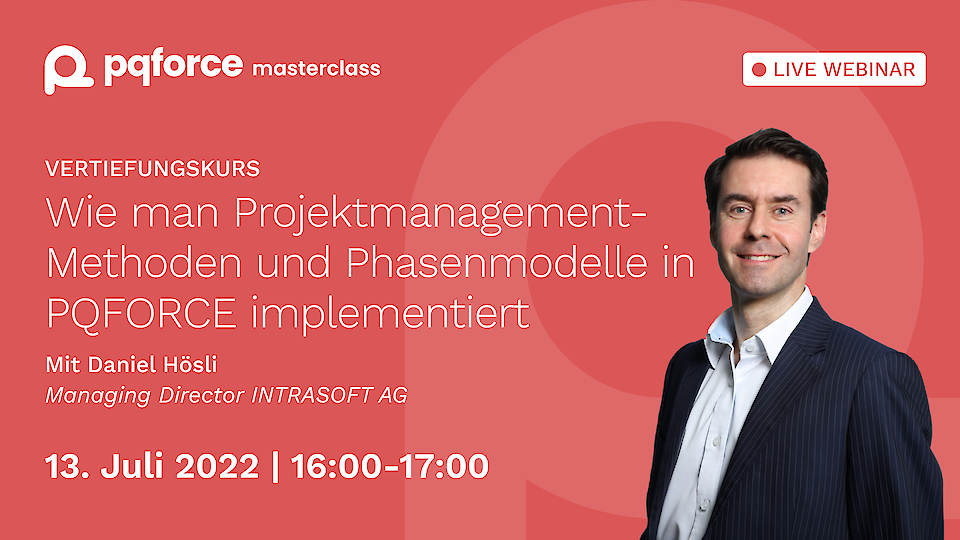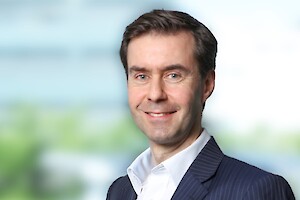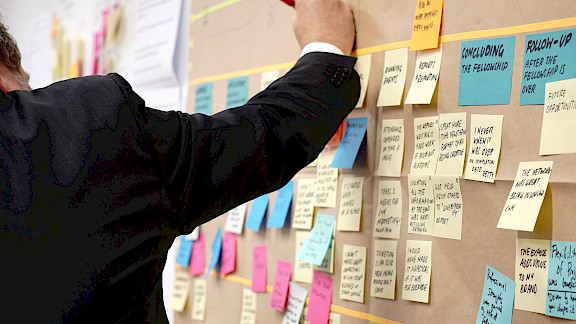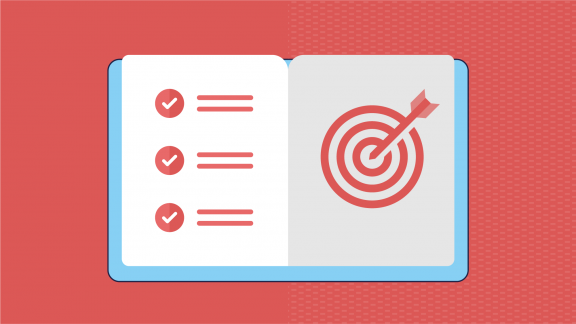Webinar #1 is about project management methods that work with phase models. Larger projects are often divided into sections or phases . Such project phases usually end with a milestone at which important intermediate goals must be achieved so that the next phase can be started. Stages are often used for the phases and gates for the milestones in between. The whole thing is then called a stage-gate model. The milestones or gates are acceptance points in the project at which the phase results and goals are formally checked and released. As a rule, the project manager is responsible for the results and presents them, e.g. in a phase completion report , to an acceptance committee, e.g. a steering committee. This control body checks the results and releases them or rejects them for revision. The next project phase can only be started after approval.
Depending on the type of project, there are different phase models whose phases designate the respective work stages typical of the project. For example, the HERMES phase model, which is well known in Switzerland, has four phases: initialization, concept, realization and introduction. The HERMES model is particularly suitable for organizational and IT projects with which a new form of organization or an IT system is to be introduced in the company. The SIA model, which is also widely used in Switzerland, aligns its phases and their designations with construction projects. And in product development, depending on the industry, one finds different but in principle often similar, so-called V-models. All these models have in common that the phases follow each other sequentially . A phase completion thus starts the subsequent phase and a return to a completed phase is theoretically no longer possible. This is referred to as a waterfall model.
In contrast, there are also the iterative models, which explicitly provide for certain phases to be repeated iteratively in order to refine and optimize the results and, in particular, to allow the previous results and findings to flow into the same phase again. A well-known representative of the iterative models is the Scrum model, which is very popular in software development.
This webinar addresses waterfall models and uses HERMES as an example to show how such models can be mapped in PQFORCE.











